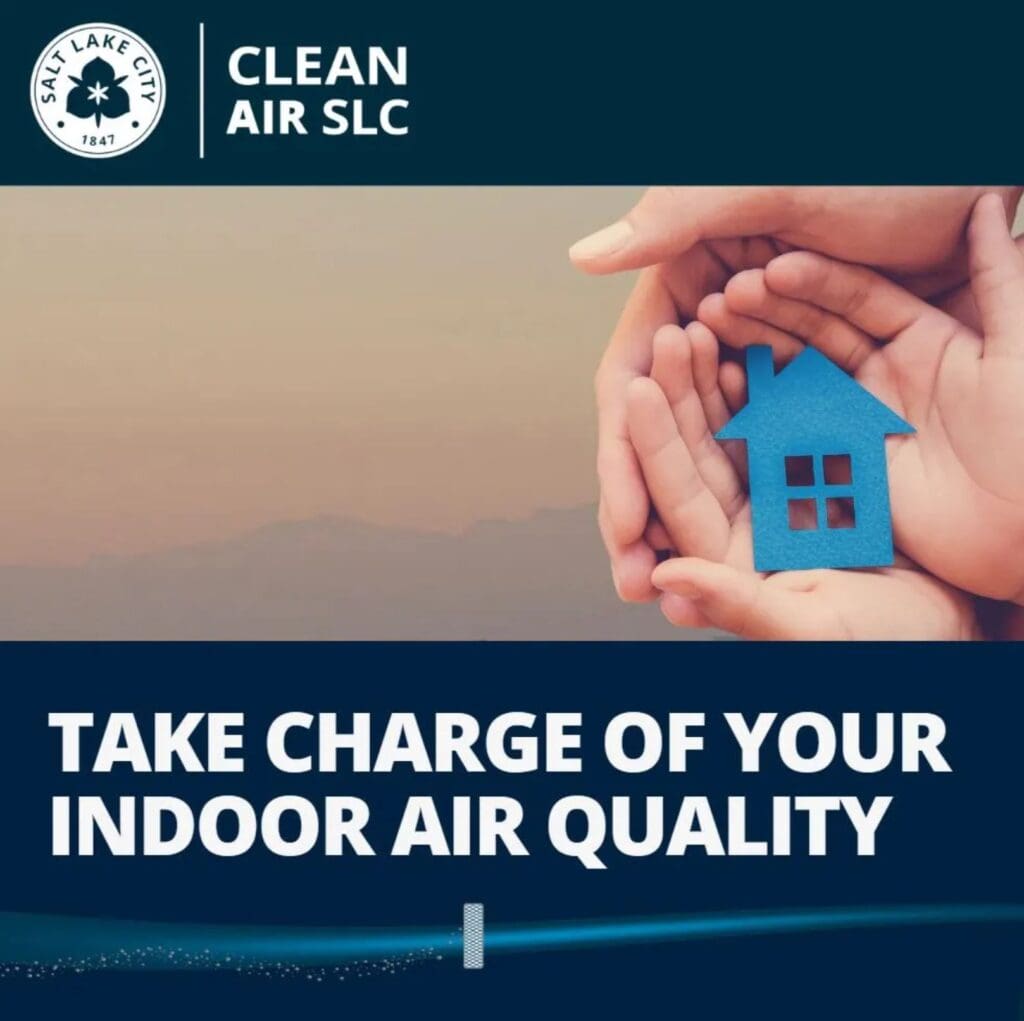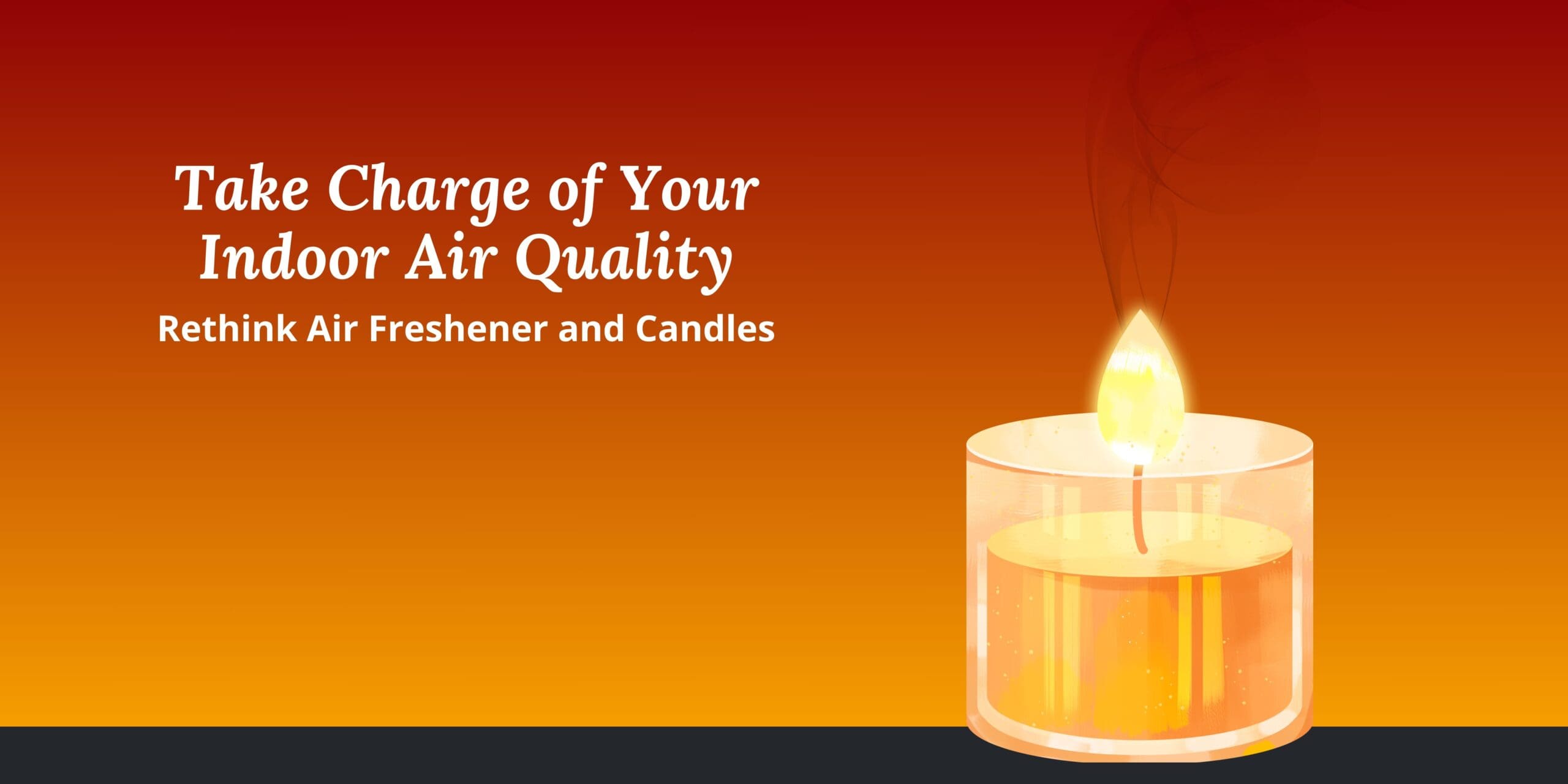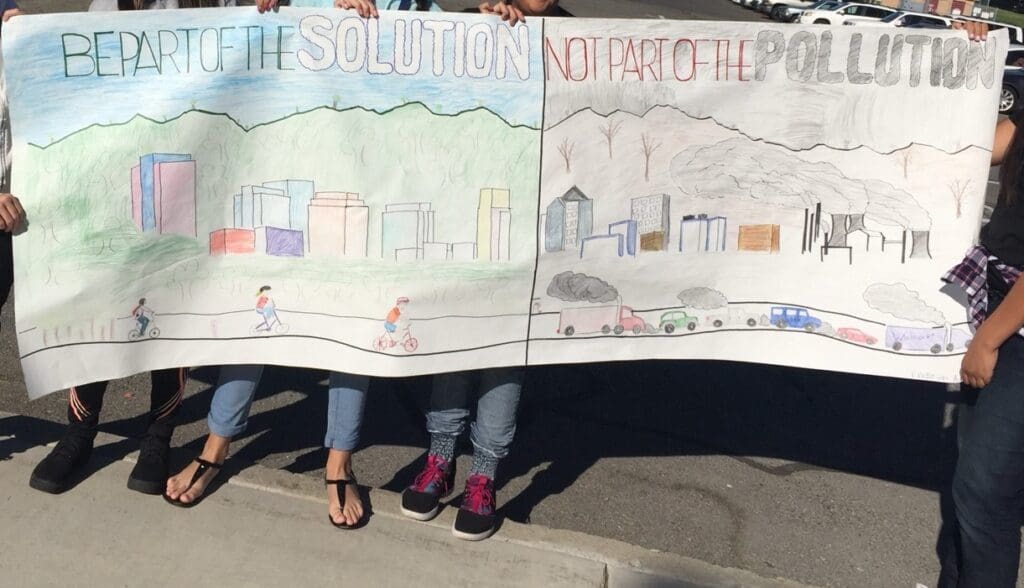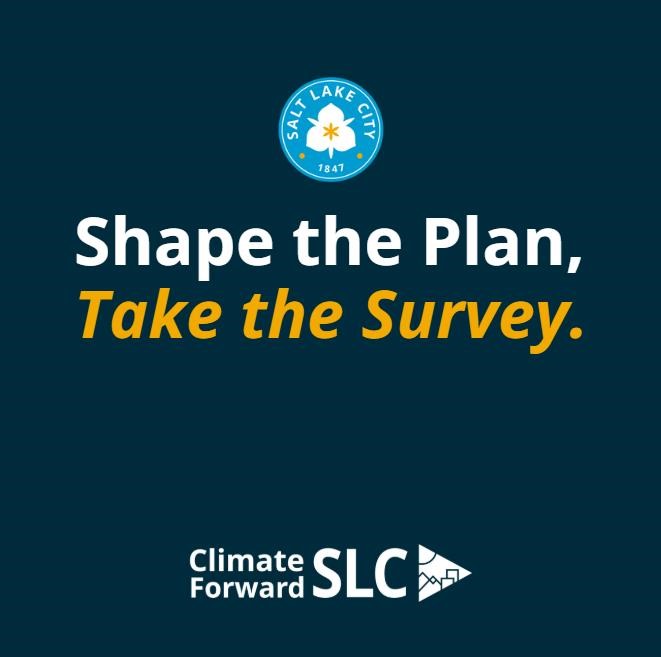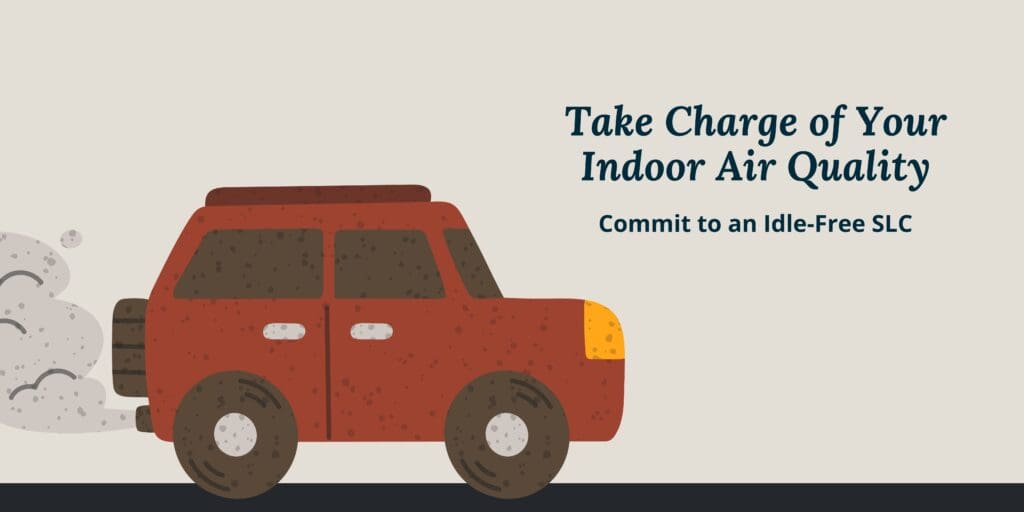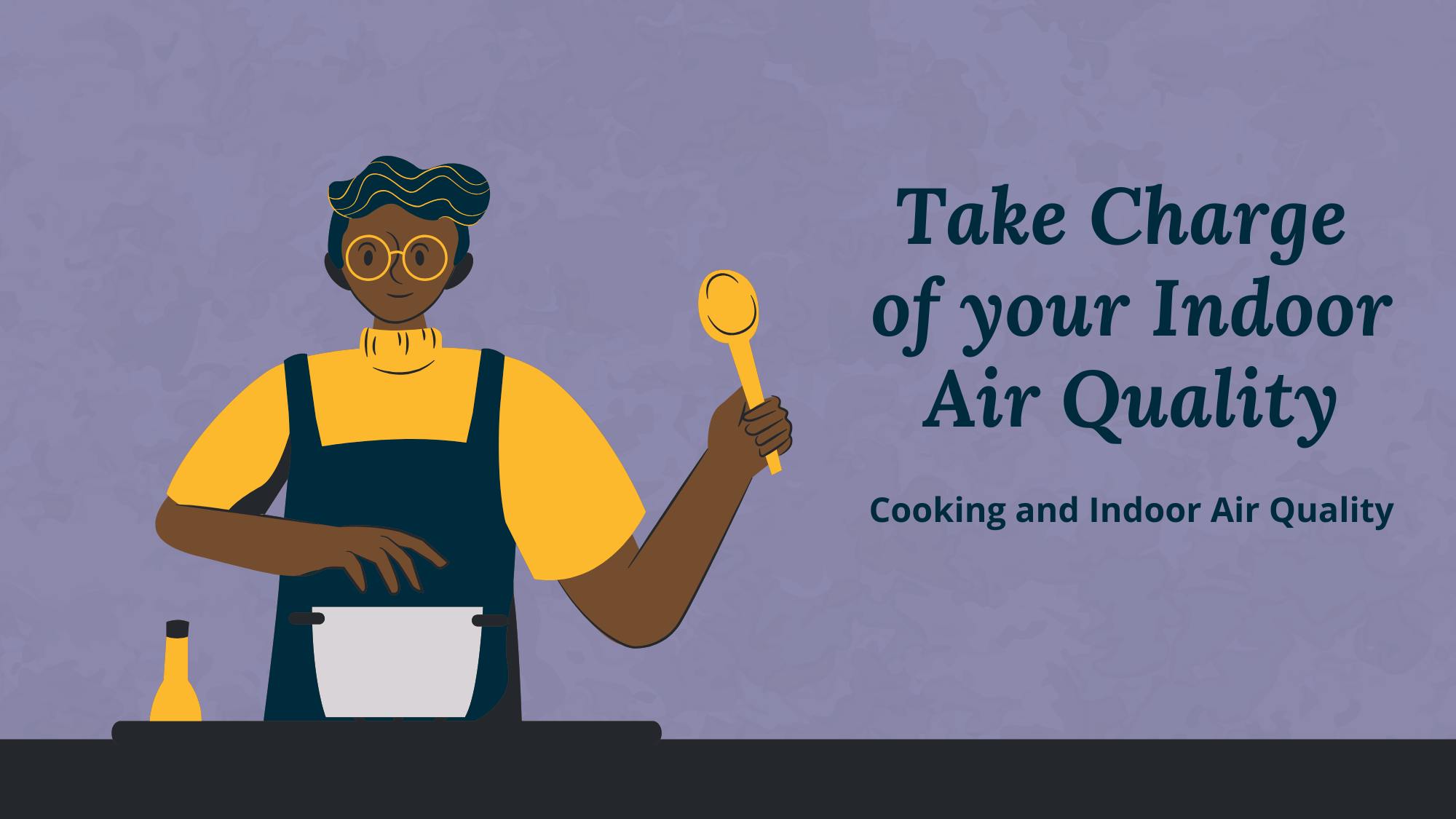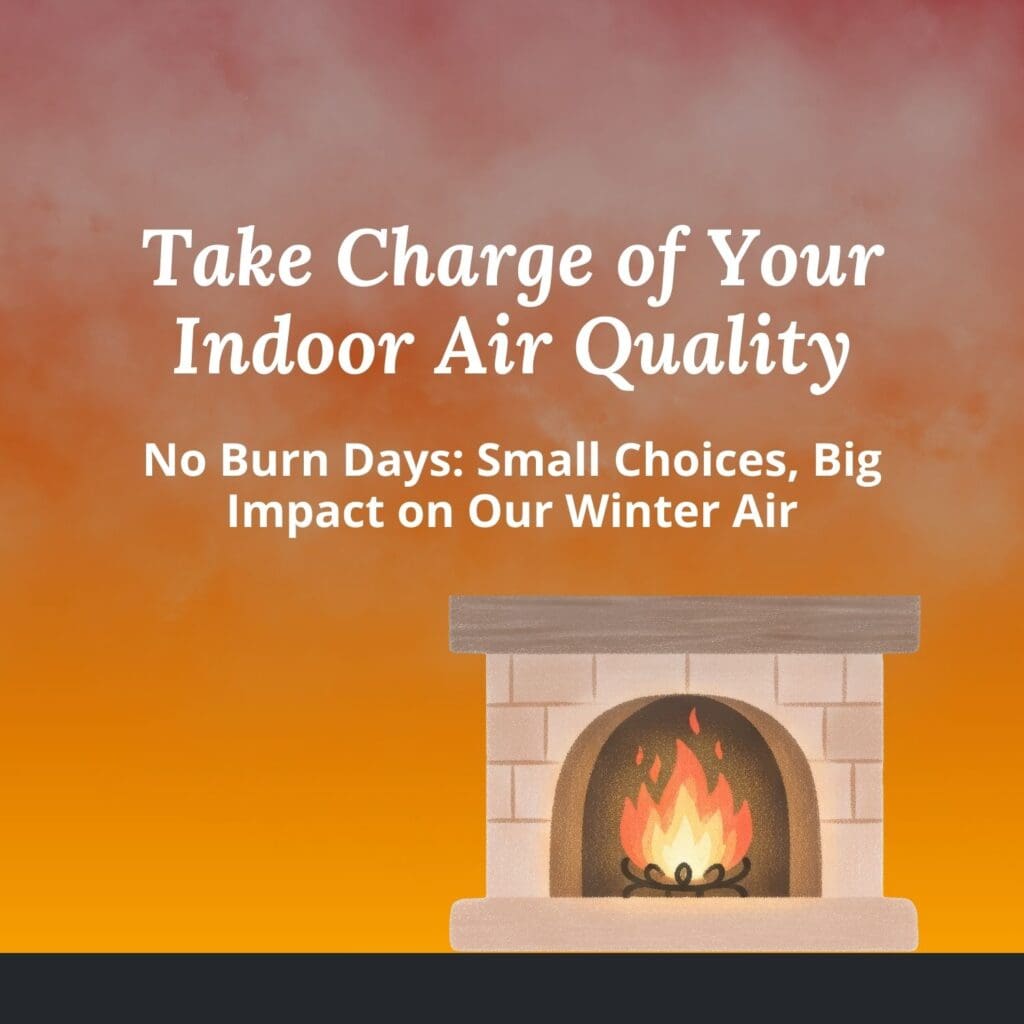
🔥 Winter Air Quality Alert: Know the Rules, Protect the Air
Winter brings one of Utah’s biggest air quality challenges — inversions. But what exactly is an inversion? This natural phenomenon occurs when a high-pressure system is setting up, trapping cold air on the valley floors with warmer air above it. This warm air also traps all our pollution with the cold air, keeping it contained in the valley until the inversion breaks.
To help keep our air healthy when it matters most, the Utah Division of Air Quality (UDAQ) created the Mandatory No Burn Program.
Continue reading
